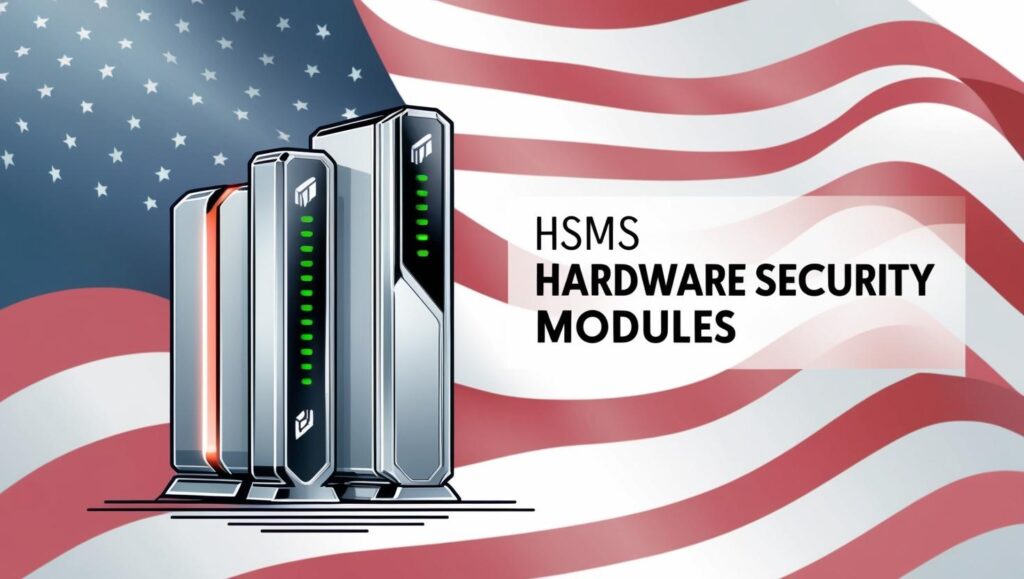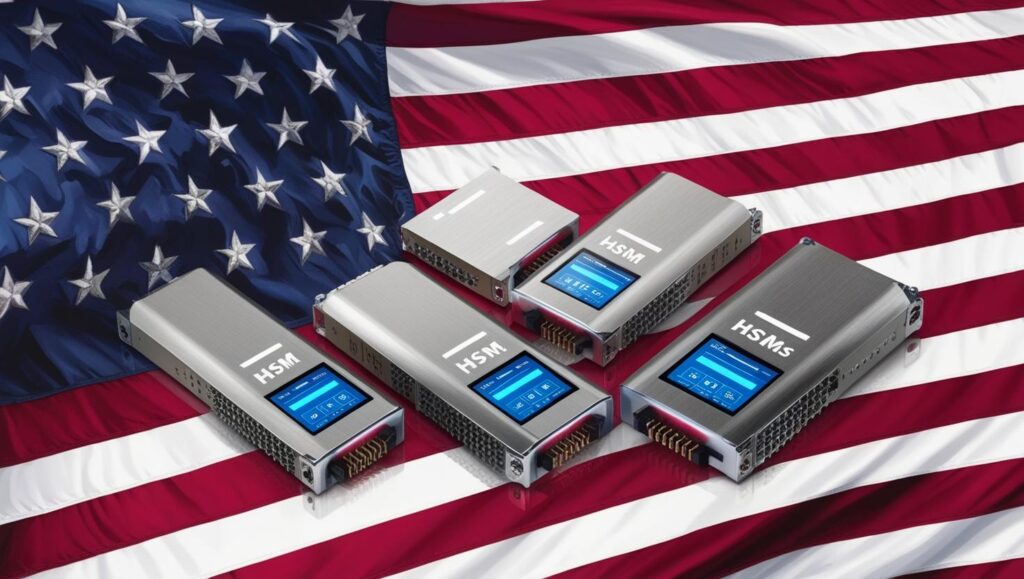The global Hardware Security Modules (HSM) market has seen accelerated evolution in recent years. One of the catalysts for change was the wave of tariffs introduced during the Trump administration, particularly those targeting Chinese tech and manufacturing. These tariffs disrupted global supply chains, restructured pricing strategies, and forced key players to reassess their sourcing and manufacturing decisions. However, amidst this disruption lies a landscape rich with opportunity.
Here are the top 10 opportunities in the HSM market following the Trump-era tariffs:
1. Onshoring and Nearshoring of Manufacturing
Tariffs on Chinese imports spurred companies to shift production closer to their home markets. This opens opportunities for domestic and regional HSM manufacturers in the U.S., Mexico, Canada, and parts of Europe to scale up operations and reduce delivery timelines.
2. Secure Supply Chain Services
With increased scrutiny on security and origin of hardware, there’s a growing need for HSM providers to offer traceable, tamper-resistant supply chains. Companies providing secure logistics and verifiable sourcing gain a competitive edge.
3. Government & Defense Contracts
Governments are investing heavily in domestic cybersecurity infrastructure. U.S.-based HSM providers are better positioned to win large government contracts as geopolitical tensions heighten concerns over foreign-made hardware.
4. Cloud HSM Solutions
Cloud-based HSMs, offered as-a-service, are in high demand due to flexibility, cost-effectiveness, and regulatory compliance. Post-tariff constraints have fast-tracked cloud adoption as companies seek to bypass physical supply chain delays.
Request Trump Tariff Threat Assessment Analysis Now:
https://www.marketsandmarkets.com/forms/ctaTariffImpact.asp?id=162277475

5. Trusted Execution Environments (TEEs)
As trust in offshore silicon wanes, there’s a growing interest in TEEs integrated into HSMs. These offer secure enclaves for sensitive operations and are attractive to fintech, healthcare, and military sectors.
6. Cryptographic Sovereignty for Enterprises
Post-tariff nationalism is driving corporations to seek cryptographic independence. Enterprises are investing in HSMs that allow in-house key generation and storage, reducing reliance on third-party cloud or offshore vendors.
7. Rising Demand in Asia (Ex-China)
Countries like India, Vietnam, and South Korea are emerging as both markets and alternative manufacturing hubs. HSM vendors have a chance to tap into these fast-developing economies while bypassing China-related tariffs.
8. Industry-Specific Compliance Solutions
Verticals such as healthcare (HIPAA), banking (PCI-DSS), and automotive (ISO/SAE 21434) have growing compliance requirements. Tailoring HSM solutions to these standards presents a strong market opportunity.
9. AI & IoT Integration
AI models and IoT devices require secure authentication and data protection. HSMs that integrate seamlessly with these ecosystems (e.g., Edge HSMs) will play a crucial role in future-proofing infrastructure.
10. Open-Source and Modular HSMs
As costs and trust concerns rise, companies are exploring open-source HSMs or modular, customizable devices. This trend supports decentralization and allows smaller players to enter the market with competitive offerings.
Key Trends & Their Impacts – HSM Market Post-Trump Tariffs
Regionalization of Manufacturing
- Companies moving production from China to the U.S., EU, Vietnam, and India.
- Creates new opportunities for local HSM manufacturers and reduces geopolitical risks.
Rise of Cloud-Based HSM Solutions
- Tariff-driven hardware costs push demand for HSM-as-a-Service.
- Cloud providers like AWS, Azure, and Thales gain market share with scalable, cost-effective security offerings.
Cybersecurity Nationalism
- Governments prioritize domestic security hardware for critical infrastructure.
- Local vendors benefit from defense and government contracts.

Compliance-Driven Demand
- Sectors like finance, healthcare, and telecom face stricter regulations (PCI-DSS, HIPAA, GDPR).
- Drives demand for industry-specific, compliant HSMs.
Growth of Modular & Open-Source HSMs
- Companies seek more customizable, transparent solutions.
- Reduces vendor lock-in and attracts small to mid-sized businesses.
Integration with Emerging Technologies
- AI, blockchain, and IoT require secure cryptographic environments.
- HSMs become essential components in next-gen infrastructure.
Resurgence in Domestic R&D
- Tariffs trigger national investments in secure silicon and cryptographic innovation.
- Promotes homegrown advancements in hardware security.
Diversification of Supply Chains
- Vendors explore multi-region manufacturing to mitigate future tariff risks.
- Increases resilience and reduces dependence on single-source suppliers.
Increased Focus on Supply Chain Security
- Greater emphasis on trusted sourcing and tamper-proof logistics.
- Boosts demand for HSMs with verifiable origin and chain-of-custody documentation.
SMB Market Expansion
- Lower-cost and cloud-based HSM options make adoption viable for small and medium businesses.
- Expands total addressable market for HSM vendors.
While the Trump-era tariffs introduced complexity and volatility to the hardware ecosystem, they also accelerated innovation and strategic repositioning. In this post-tariff environment, companies that emphasize supply chain integrity, cloud agility, and compliance-driven security can capture significant share in the evolving HSM market.